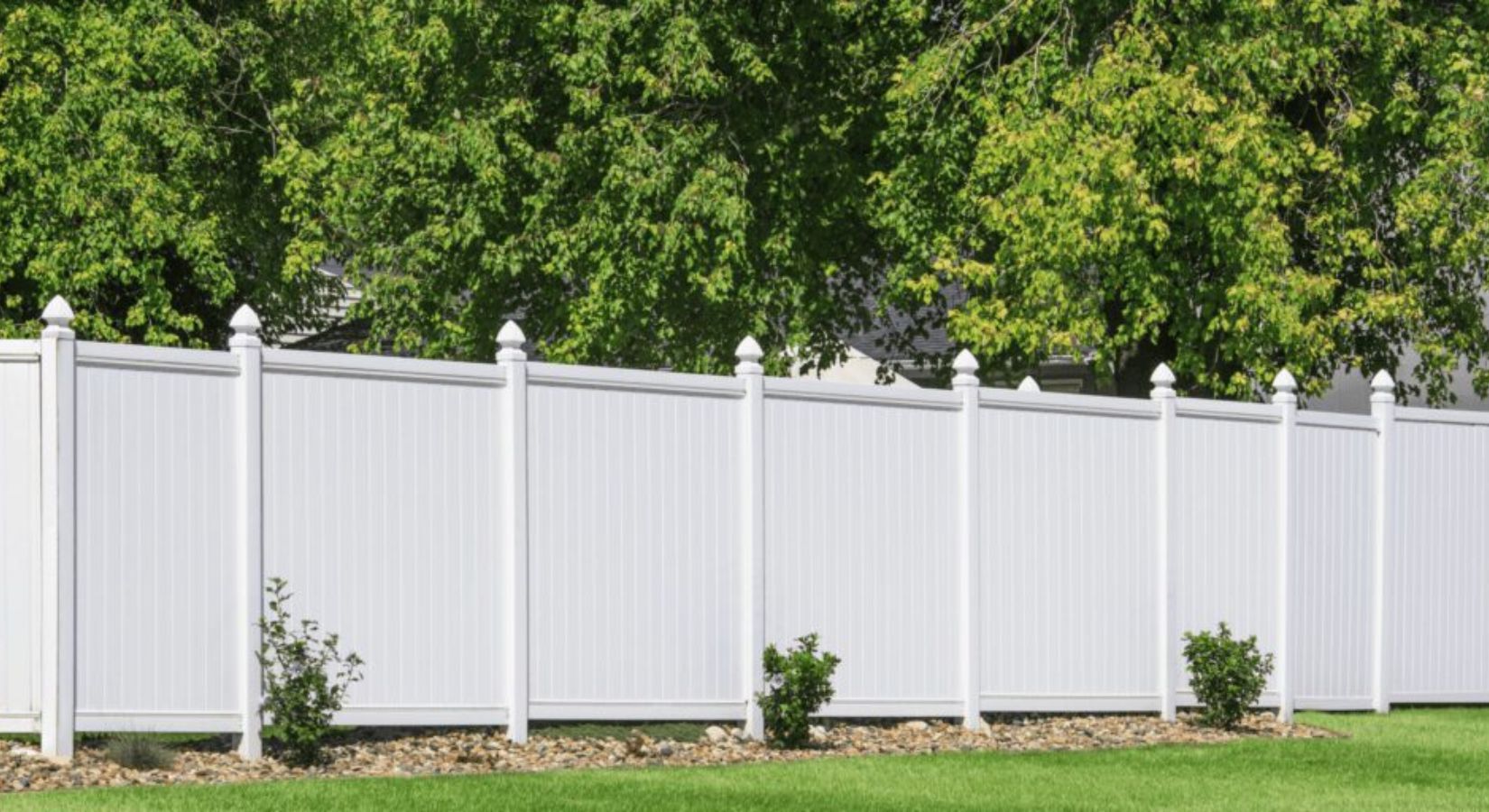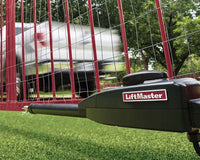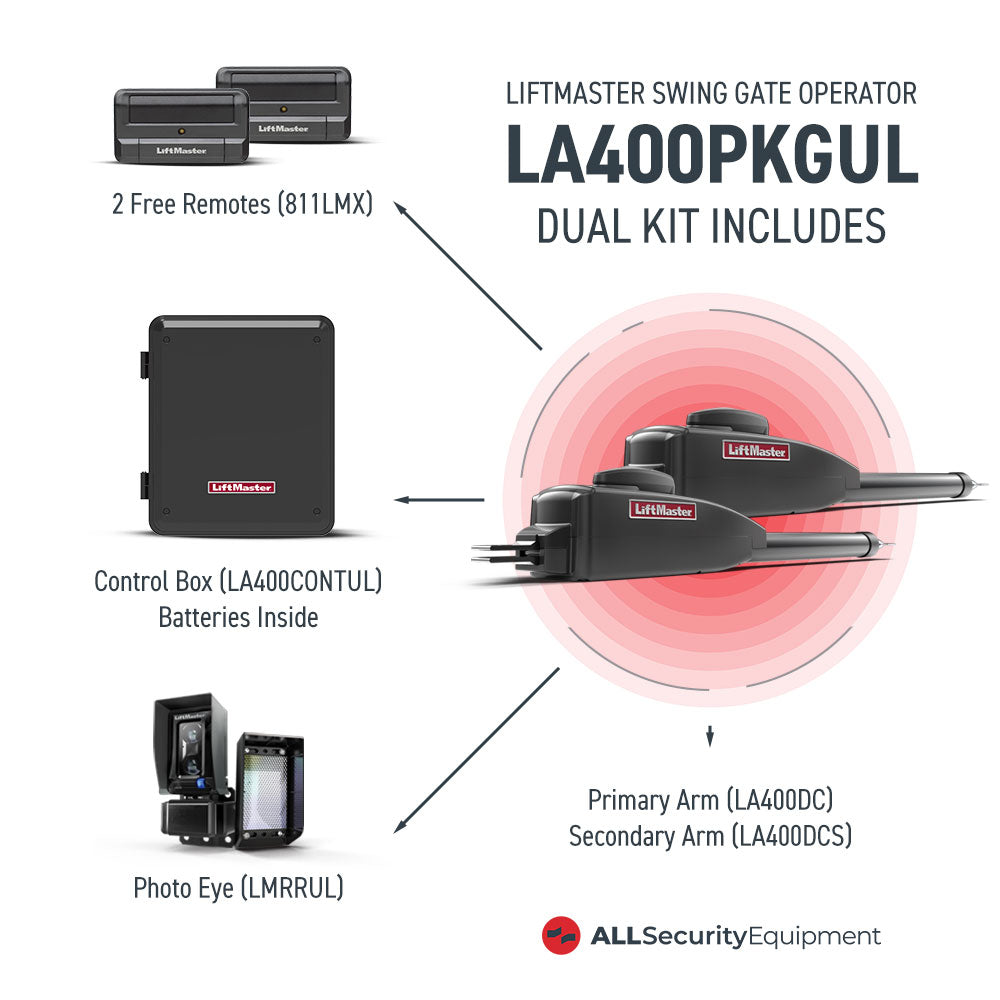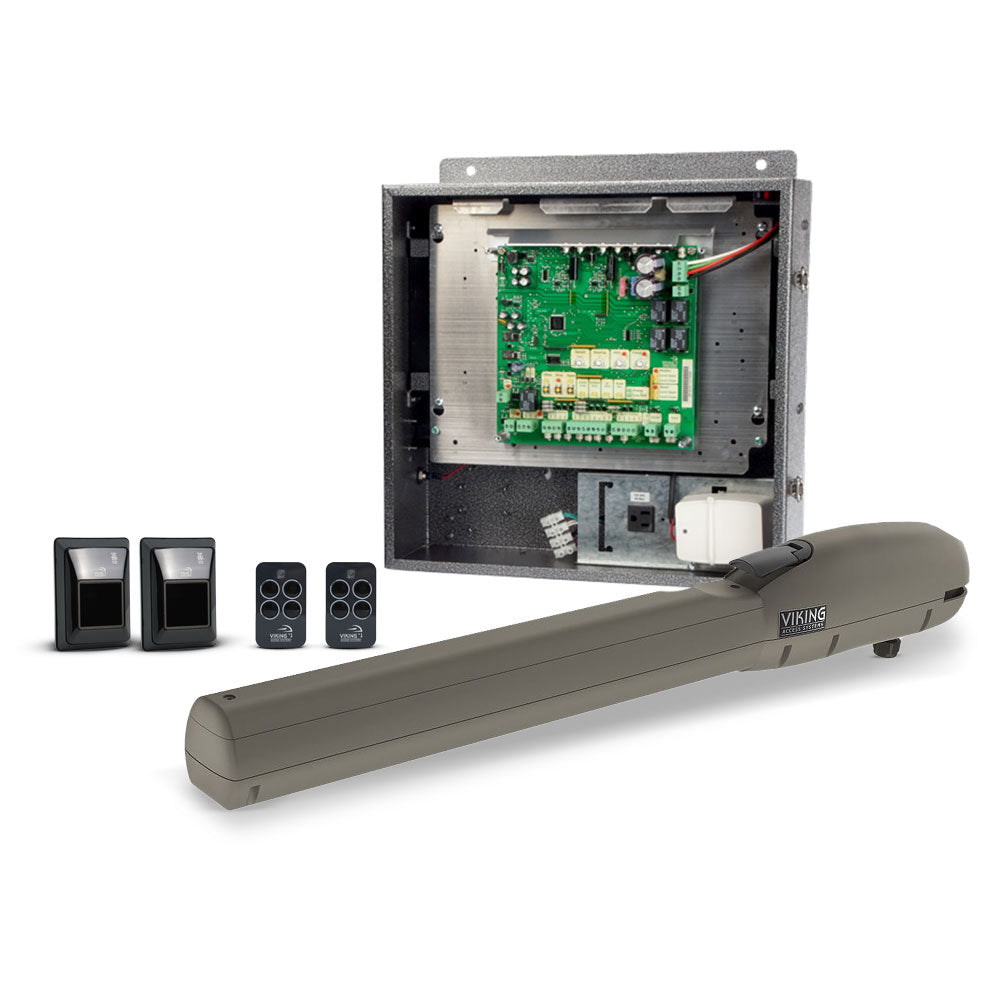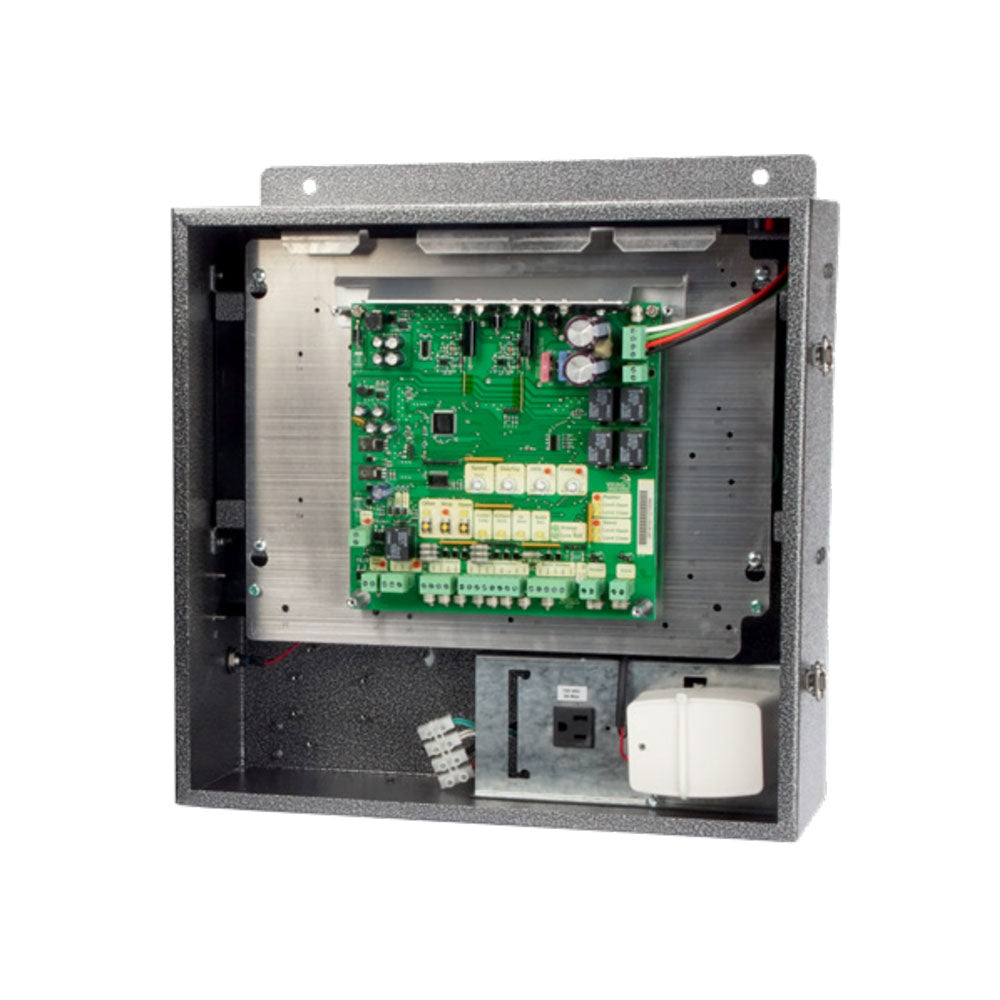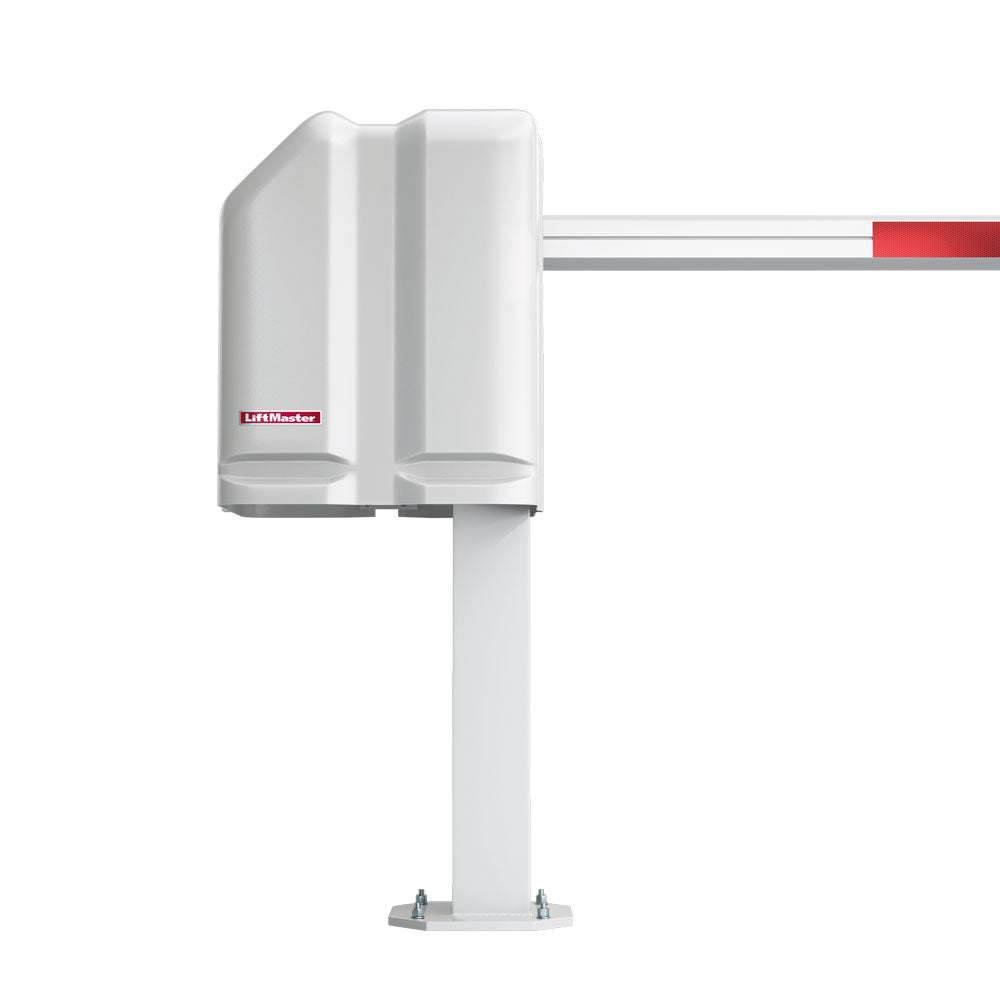More than a simple boundary marker.
High-quality fencing is a critical component of a property's security, privacy, and aesthetic appeal. For property managers and homeowners alike, the right fencing can deter unauthorized access and create a safe environment for residents. From defining property lines to providing a secure enclosure for pets and children, the benefits of a thoughtfully chosen fence are undeniable.
In an era where security concerns are paramount, a robust fence acts as a tangible deterrent, offering peace of mind to those within its perimeter. Furthermore, the initial impression a fence makes can greatly influence potential buyers or renters, enhancing curb appeal to its maximum, making it a pivotal factor in property value.

Taking all this in account, the decision to install or upgrade a fence should not be taken lightly. Without a thorough understanding of local regulations, property specifics, and the needs of the surrounding community, a fence installation can inadvertently detract from, rather than enhance, a property's worth.
Issues such as height restrictions, material choices, and aesthetic compatibility with neighboring properties can lead to disputes and even legal challenges. Moreover, neglecting to consider the practical aspects of fence maintenance and longevity can result in costly repairs or replacements down the line. A fence that obstructs scenic views, violates neighborhood covenants, or simply appears out of place can create friction and negatively impact the overall appeal of the property and its surroundings.
Therefore, today's All Security Equipment blog post delves into the essential considerations property managers and owners should keep in mind when evaluating fencing options in relation to property value. We will explore the key factors that influence property value. By understanding these elements, you can make informed decisions that not only enhance the security and privacy of your property but also contribute to its long-term appreciation.
The Question: Does Fencing Alter Property Value and Curb Appeal?
When property managers and homeowners consider improvements, the question of return on investment (ROI) is paramount. Fencing, a common exterior upgrade, often sparks debate: does it truly elevate property value, or is it merely a functional addition?
While online sources often tout inflated figures, a more realistic and yet profitable perspective suggests a 30-40% ROI for fencing. This means a $10,000 fence might increase your property's appraised value by $3,000-$4,000.
However, the truth of the matter might be more nuanced, extending beyond simple monetary returns.

Statistical Landscape and Beyond
It's crucial to understand that "value" extends beyond dollars. A well-maintained fence undeniably enhances curb appeal, making a property more attractive to potential buyers. In competitive markets, this can be a crucial edge.
Beyond the immediate aesthetic impact, "utility value" is significant. Fences provide security, privacy, and a defined boundary, particularly appealing in high-traffic or low-privacy areas. For families with children or pets, a fenced yard is often a must-have.
The impact of fencing on property value, utility or monetarily, is not uniform; it's influenced by several factors. Neighborhood demographics play a significant role. In family-oriented neighborhoods or those with many pet owners, a fence is a significant selling point. Properties with fences tend to move faster in these areas and may command a slightly higher price.
The condition and materials of the fence are critical as well. A well-maintained, high-quality fence enhances property value. Conversely, a dilapidated or poorly constructed fence can detract from it. Material choice also matters, from the longevity of vinyl and metal to the aesthetic appeal of wood. Finally, market conditions play a role: In a seller's market with low inventory, the presence or absence of a fence may have less impact. In a buyer's market, a fence can provide a competitive advantage.
Property Managers and Owners: Strategic Fencing Decisions

Beyond understanding the impact of fencing, property managers and owners can implement strategic decisions and practices to capitalize on its value-enhancing potential.
1. Conducting a Curb Appeal Audit: Regularly assess the current state of your property's fencing. Does it complement the architectural style? Is it well-maintained? If you find the existing fence detracts from curb appeal, prioritize upgrades. Consider material, design, and color that align with the property's overall aesthetic.
As a property manager, put yourself in the mindset of a potential renter or even buyer while walking around your property, noting any areas where the fence appears worn, damaged, or outdated.
2. Prioritizing Privacy and Security Based on Location: Evaluate the neighborhood's density and security concerns. In urban or high-traffic areas, invest in tall, solid privacy fences. In areas with higher crime rates, consider security-focused fencing with durable materials and enhanced locking mechanisms.
3. Defining Boundaries and Preventing Disputes: Ensure clear and accurate property line demarcation. If boundaries are unclear, invest in professional surveying and install a fence that clearly defines the property lines. Before installing a new fence, a property manager should verify the property lines with local records to avoid future disputes with neighbors.
4. Aligning Fencing with Neighborhood Aesthetics: Research the prevailing architectural styles and fencing trends in the neighborhood. Choose a fence design and material that complements the neighborhood's aesthetic, avoiding styles that clash or appear out of place. For example: a property owner in a historic district should choose a fence material and style that matches the time period of the homes in the neighborhood.
5. Implementing a Proactive Maintenance Plan: Develop a regular maintenance schedule for the fence. Choose durable, low-maintenance materials whenever possible.
6. Evaluating Cost vs. ROI Before Installation: Conduct a cost-benefit analysis before installing or upgrading a fence. Choose a fencing solution that aligns with the property's value and potential ROI. Avoid overcapitalizing on fencing in lower-value properties.
For a rental property, for instance, a property owner should calculate the increase in rental income that a new fence would generate compared to the cost of installation.
7. Maximizing Outdoor Living Spaces: Design fencing to enhance the usability of outdoor spaces. Create enclosed patios, gardens, or play areas with appropriate fencing. Consider adding features like gates, trellises, or built-in seating.
The Picket Line: Fencing Your Way to Higher Property Value
In the realm of property management and ownership, the decision to install or upgrade a fence transcends mere aesthetics. It's a strategic move that provenly impacts property value, security, and overall appeal. By carefully considering the factors discussed – curb appeal, privacy, security, neighborhood aesthetics, maintenance, ROI, environmental concerns, and outdoor space enhancement – property managers and owners can make informed choices that yield significant returns. A well-chosen fence isn't just a boundary; it's an investment in the property's future, a tangible asset that provides both practical and emotional benefits.
Ultimately, the right fencing solution is a blend of functionality, aesthetics, and strategic planning. Whether you're aiming to attract tenants, increase resale value, or simply create a more enjoyable living space, the impact of a thoughtfully designed and well-maintained fence cannot be overstated. For expert guidance on high-quality fencing materials and informed decision-making, don't hesitate to reach out to the All Security Equipment customer service team today.

